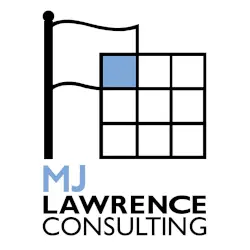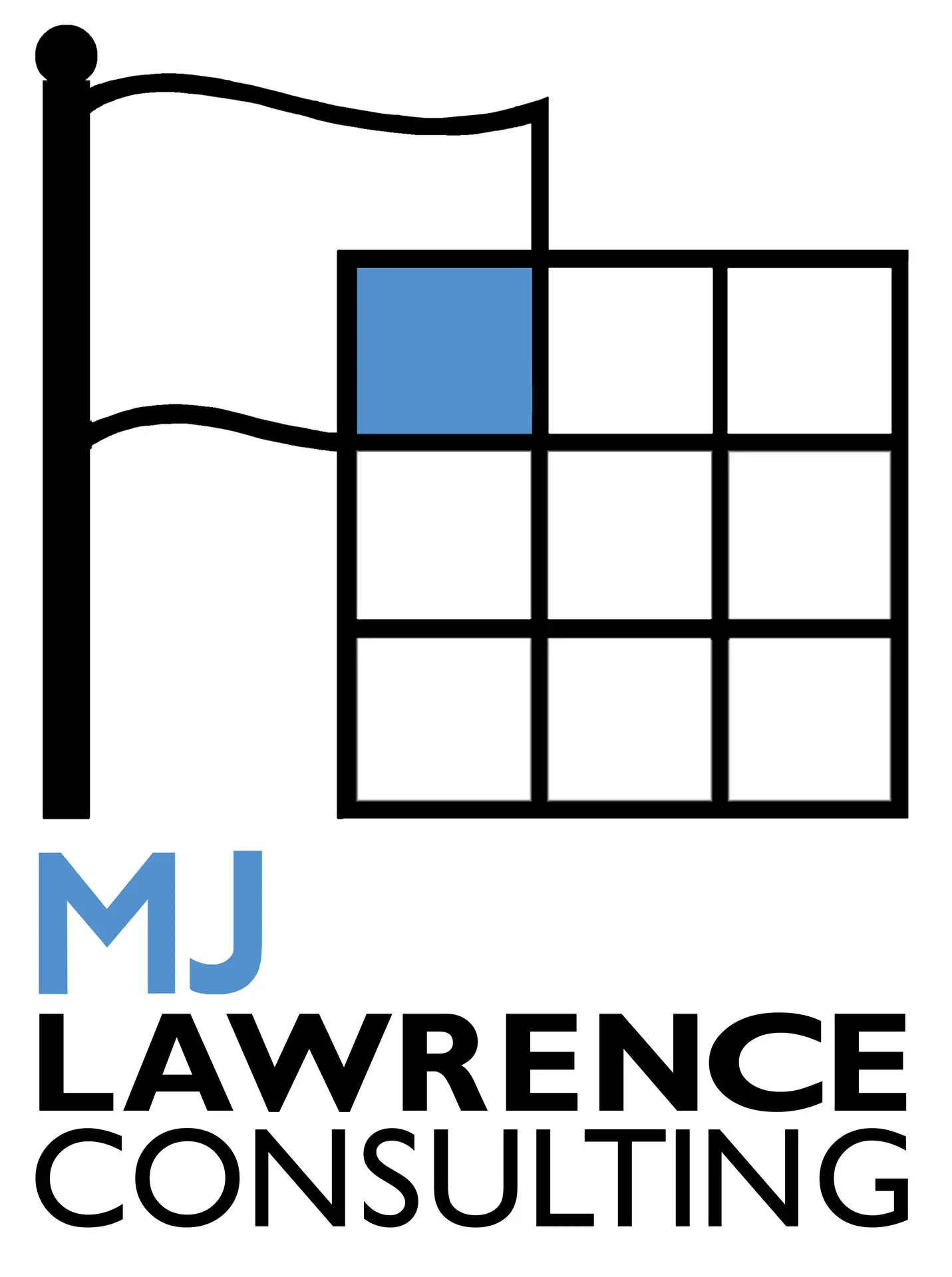This article examines the economic and policy considerations surrounding investment in medical countermeasures (MCM) against rare but high-risk chemical, biological, and radiological agents, using the Ebola virus as a case study. While such threats are infrequent, they carry catastrophic potential for public health, security, and economic stability. Historically, investment in Ebola MCMs was limited due to low disease prevalence, poor cost-effectiveness under metrics such as DALYs, and minimal market incentives for industry. The unprecedented 2014 Ebola outbreak in West Africa, however, highlighted the global vulnerability and triggered accelerated development of vaccines and treatments through international partnerships and government funding initiatives. The article argues that traditional cost-effectiveness models fail to capture the broader socio-economic consequences of outbreaks, including fear-driven disruption and cross-border economic losses. It concludes that proactive investment in MCMs should be treated as an international health insurance policy and global public good, requiring coordinated funding, government incentives, and revised prioritization metrics to ensure preparedness for future rare but devastating threats.
Johnson, M. L. et al. (2015). When… CBRNe World Directory 2015 (3rd ed., pp. 215–221).





